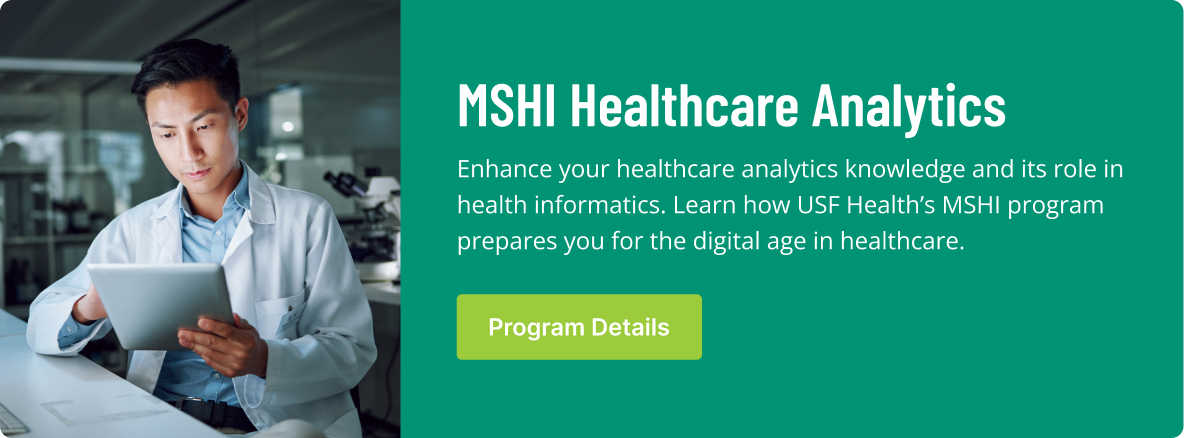Where once the healthcare industry was focused on collection of data, it now possesses so much of it that it faces a new predicament: what to do with all of it.
Health systems in particular, with their troves of electronic health record (EHR) data are focusing on a mission to use financial, clinical and process data to revolutionize the way they execute care. From billing practices to decision making processes regarding high risk, high cost patients, the data can reveal new ways to automate process and optimize workflow.
The latter is a topic where expectations are heavy. Health IT systems and processes are expected to improve workflows through the streamlining of clinical tasks, enable different providers to coordinate care and reduce redundancies. But implementing them also comes with operational hurdles that have to be cleared so that financial and patient satisfaction results can be realized.
During an education session titled “Care Pathways and Data Analytics for Advancement of Healthcare” at HIMSS18 in Las Vegas, Executive Vice President and Chief Medical Officer of Baptist Health South Florida (BHSF), Jack A. Ziffer, spoke about the change that data analytics applied to workflow is meant to bring about. It included:
- Better access to care
- Better outcomes
- Lower costs
- Workforce sustainability
For all the talk about interoperability and all the hurdles it must overcome to alter the healthcare landscape, the challenge of executing care in sustainable ways around that interoperable information is less talked about, but as significant.
Ziffer was joined by Donald J. Kosiak, Chief Medical Officer of engineering firm Leidos. The pair define this challenge as the task of “systematically marshaling people, process and technology across multiple care venues and organizations within a healthcare system.”
In other words, it’s about workflow. First organizations must optimize what they are doing and how they do it, and only then can they begin the process of automating different tasks.
“It’s not about technology, it’s about people and process,” Ziffer said during the session. “This is not a new way to practice medicine, it’s an improved way to practice medicine with data and thoughtfulness.”
Where to Begin
In the case presented, Baptist Health South Florida and Leidos designed an approach to streamline the care of patients who underwent comprehensive joint replacement procedures. They then deployed an original approach to the clinical workflow around data analytics that focused on each step in a patient’s care pathway, assessed its performance and worked to sustain long term impacts.
The design phase involved establishment of leaders and teams, clinical governance, the adoption of evidence-based practices and development of clinical pathways specific to a diagnosis.
Deployment followed with the identification and integration of important metrics and physician-led teams for deploying clinical pathways. The performance assessment stage followed, complete with results properly communicated and processes adjusted where needed.
The Devil is in the Details
One major factor in the streamlining of analytics in the workflow was reduction of analytics dashboards for staff to navigate and interpret into a single view manual tracking dashboard, where navigation is made easier with just a click.
“Nurses have alert fatigue,” Kosiak said. “Their response was, ‘Let us have our own tracking so we are more in touch with the patient, not reliant on multiple alerts.’ They wanted to know things like any time a patient had a pain score over six. Developing a manual tracking dashboard allowed them to be more in tune with the patient. Integrated singular view dashboards maximize impact and efficiency for clinical teams.”
Care pathways were established for any patient diagnosed with a specific condition such as an ACL or rotor cuff repair, from pre-procedure to prep, procedure, recovery, post op, discharge, rehab and so on.
As each step in a pathway is completed, analytics systems automatically identify potential problems, integrate data from disparate sources and highlight priority metrics that if not met are likely to impact an outcome. For example, a patient ambulation, a test of ability to walk from one place to another independently, not being done within four hours of post anesthesia recovery can impact another metric measured down the line, that of a patient’s pain score.
Each task in the pathway creates data related to its performance and conditions in which it occurred. That can create warnings for the care team and show them initial priority metrics (IPMs) that have will have the greatest impact to an outcome. Each one will have a trickle on effect that impacts the patient experience. Here, analysts looked at pain scores and ultimately their effect on length of stay. For a hospital, keeping pain scores low benefits both them and the patient.
“We can look at this data to better understand patient needs and what impacts length of stay,” Kosiak said. “We know a patient with a pain score of 10 is going to have a longer stay than those with 6 or less. For those with 6 or less, we’re able to move them out faster and reduce the price of care. It can’t be retroactive data that we’re using, it has to be real time messaging to attend to patients better. Push best practice when it’s happening, not a week later.”
This sort of real time data tracking and analysis can help predict the next step for a patient. By focusing on length of stay data against a patient’s reported pain scores, Leidos and BHSF were able to increase the amount of discharges with no additional services by 47%, while decreasing the discharges to skilled nursing facilities by 33%, discharges with home health monitoring by 72% and discharges to rehab facilities by 78%.
“You have to connect with the patient,” Kosiak said. “Changing the way of thinking changes the work environment. If we continue to build our patient care on luck, we’re going to fall down. We’ve always looked at it like practice til you get it right, that’s what we’ve practiced in healthcare. I think we really want to slip the paradigm and be more like an orchestra, with lots of different pieces and a conductor in the middle and we practice until we can’t get it wrong.”
By June 2018, BHSF and Leidos intend to add more clinical conditions to their analysis, bringing the number of analyzed procedures to 20 and will include hip fractures, congestive heart failure, spinal procedures and more.
Their studies thus far have revealed that while there is a plethora of data available to health systems, it’s not yet integrated in a way that is useful at the point of care. Integration of these technology systems, optimization of workflow and practicing precision of execution is the immediate future for analytics and the healthcare workflow.
“We need to make data more actionable,” Kosiak said. “I don’t just want your Fitbit data, I want to know what data we need to improve the outcome or treatment plan and to understand how to act on this data.”




